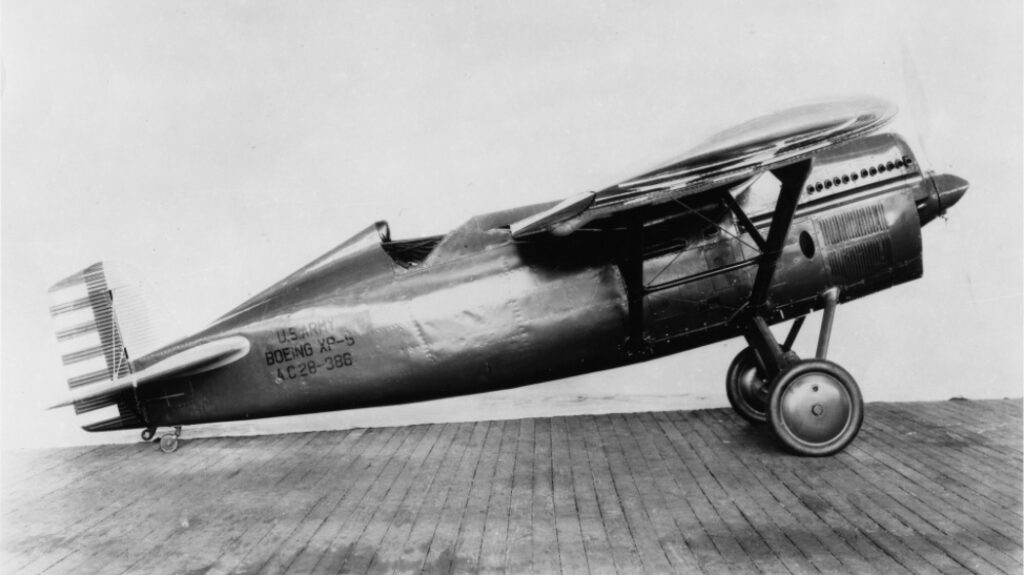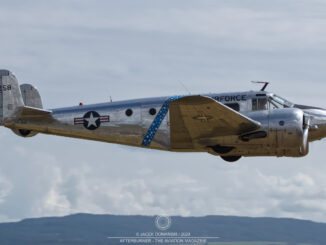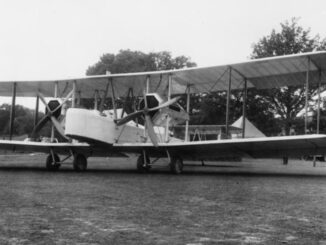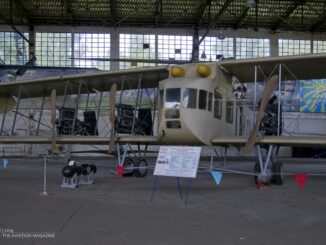 On 18th November 1930, Boeing XP-9 monoplane fighter aircraft, performed its maiden flight.
On 18th November 1930, Boeing XP-9 monoplane fighter aircraft, performed its maiden flight.
The XP-9 (also known as Model 96, by its company designation), was the very first monoplane fighter aircraft developed and manufactured by Boeing company. The aircraft was made in response to a US Army request for a modern monoplane fighter, issued by military officials in 1928.
The Boeing fighter was a single-seat, high wing aircraft of semi-monocoque construction with non-retractable undercarriage. It was powered by Curtiss SV-1570 Conqueror, V-12 piston engine that generated 600 hp.
At the time of its development, the XP-9 seemed to be very promising aircraft, with exceptional flying characteristics, nevertheless already the maiden flight had exposed its clear weakness. The extremely huge wing was mounted atop the fuselage of the fighter, in front of the cockpit. This not only significantly limited front-downward view – an essential feature of any fighter aircraft – from the XP-9 cabin but also made any landing procedure hazardous. In addition, test pilots reported few other issues with stability of the aircraft.
Consequently, the XP-9 programme was cancelled after only a dozen of test flights, mainly due to problems with performing a safe landing.
However, a few features of the new fighter were then incorporated by Boeing into other already existing and further developed aircraft of the company, such as P-12 biplane.
Cover photo: Boeing XP-9 (San Diego Air and Space Museum, Ray Wagner Collection Image 16_000756, via Flickr Commons)



